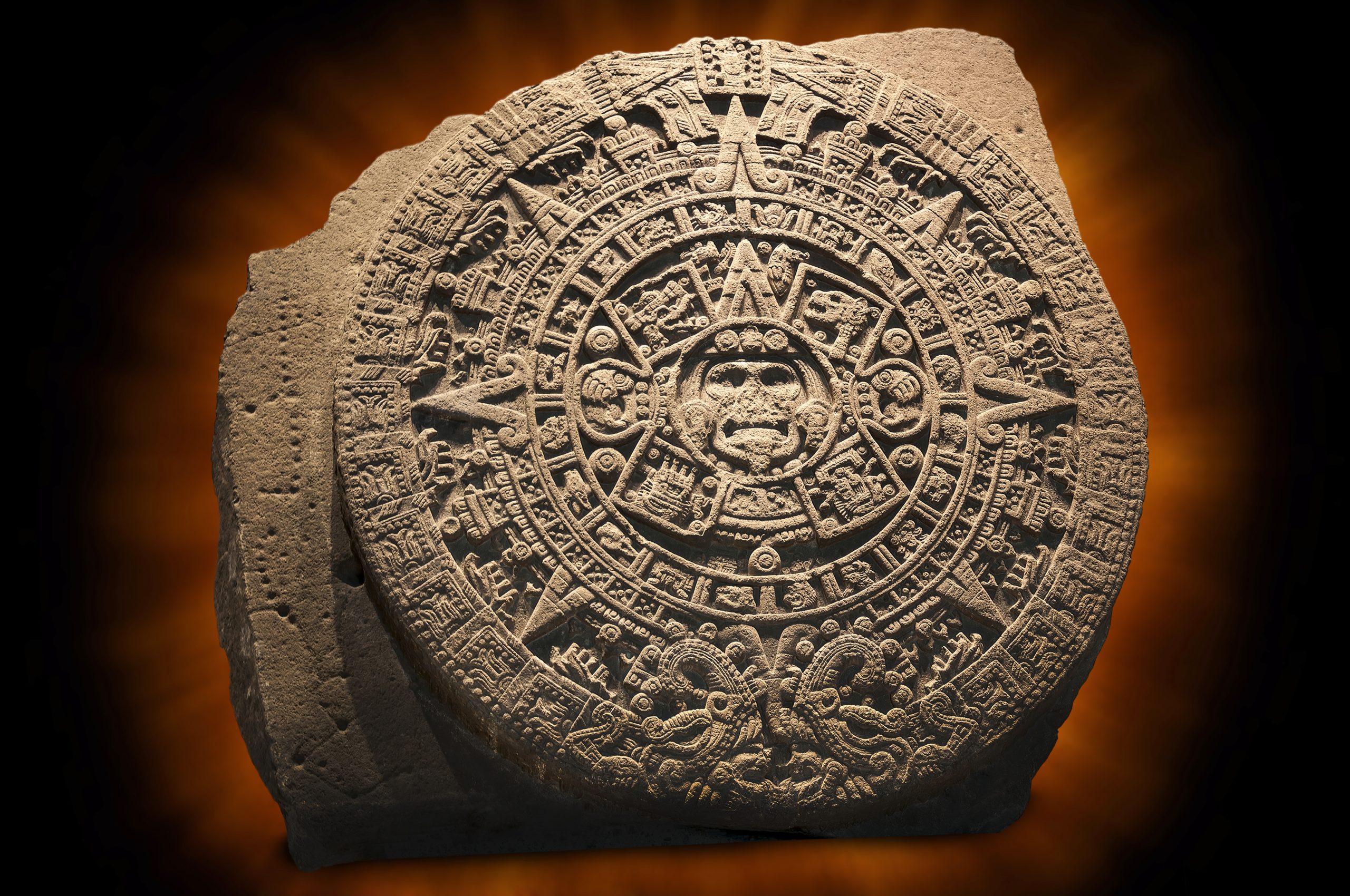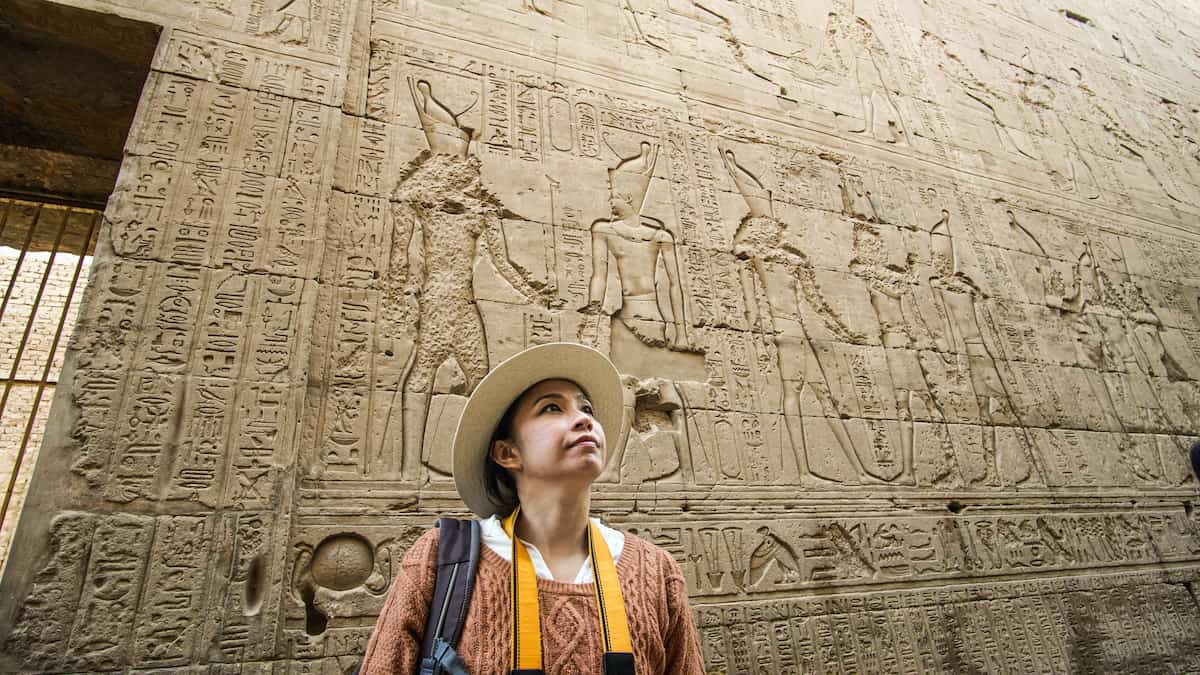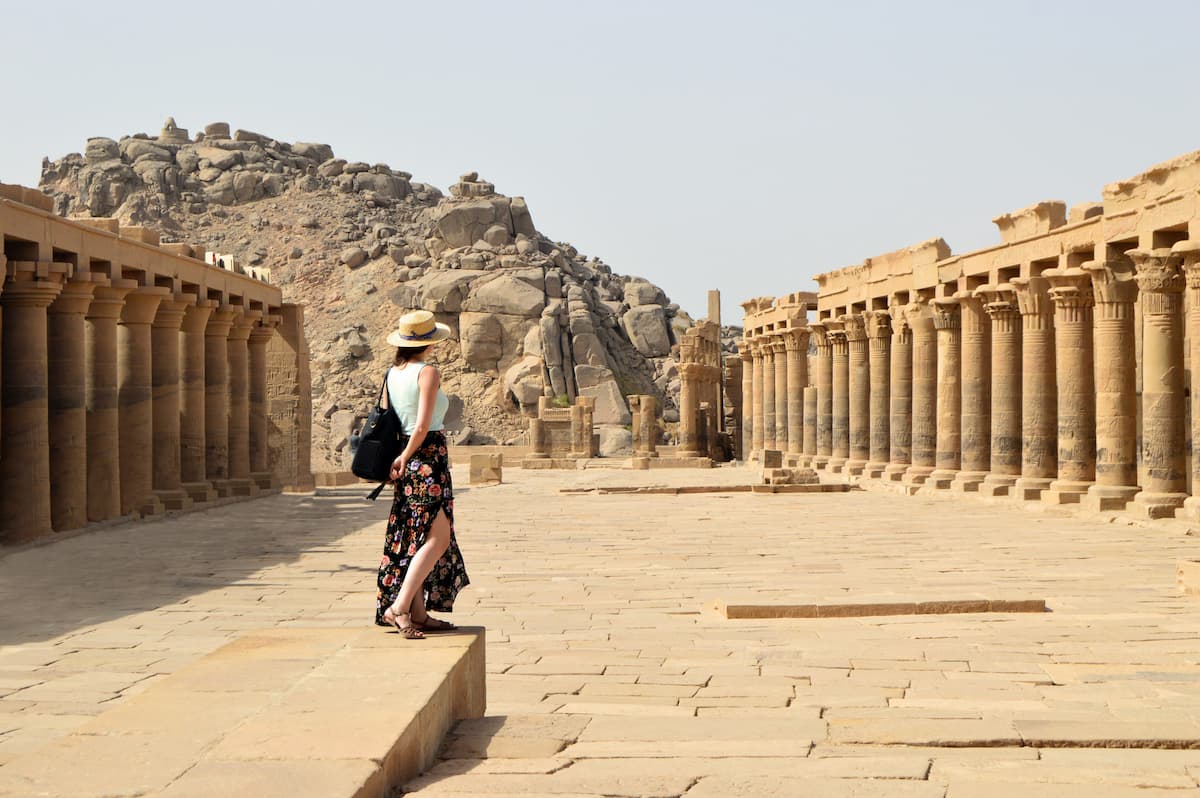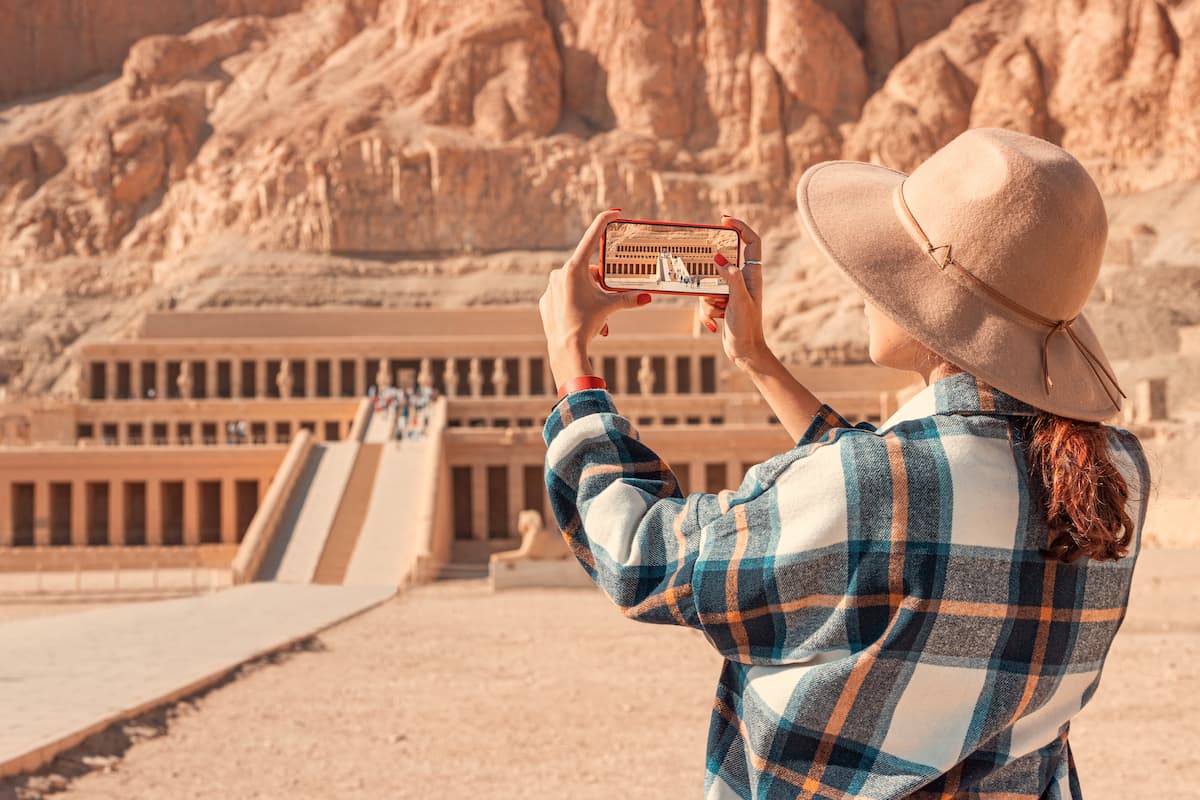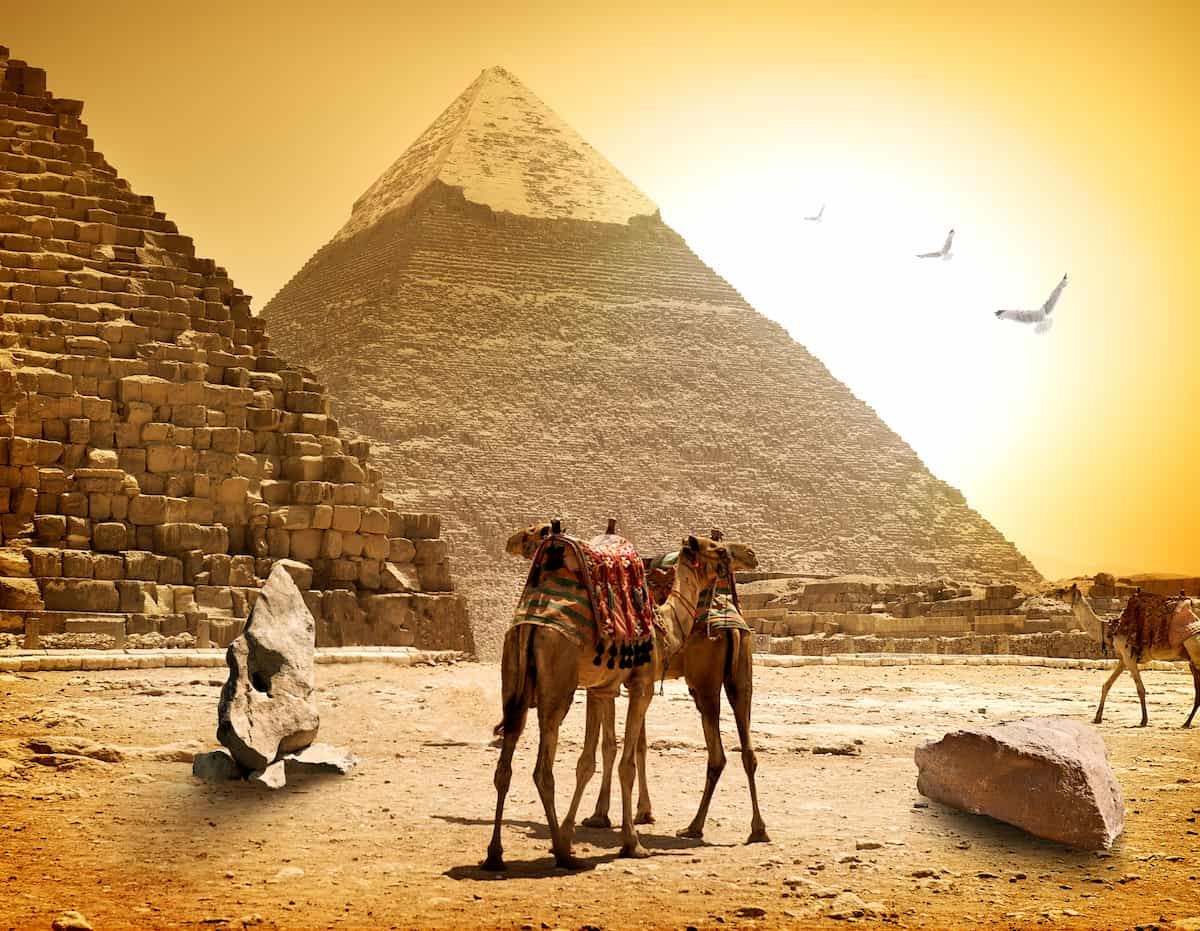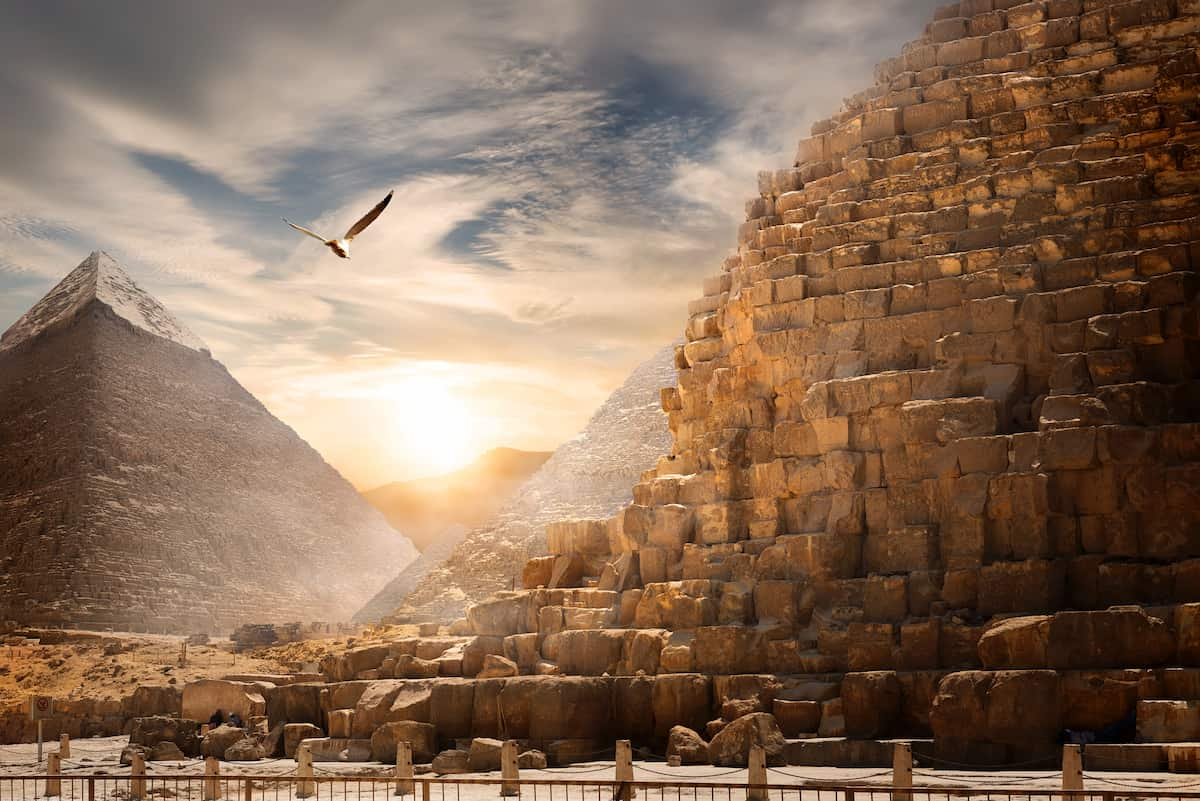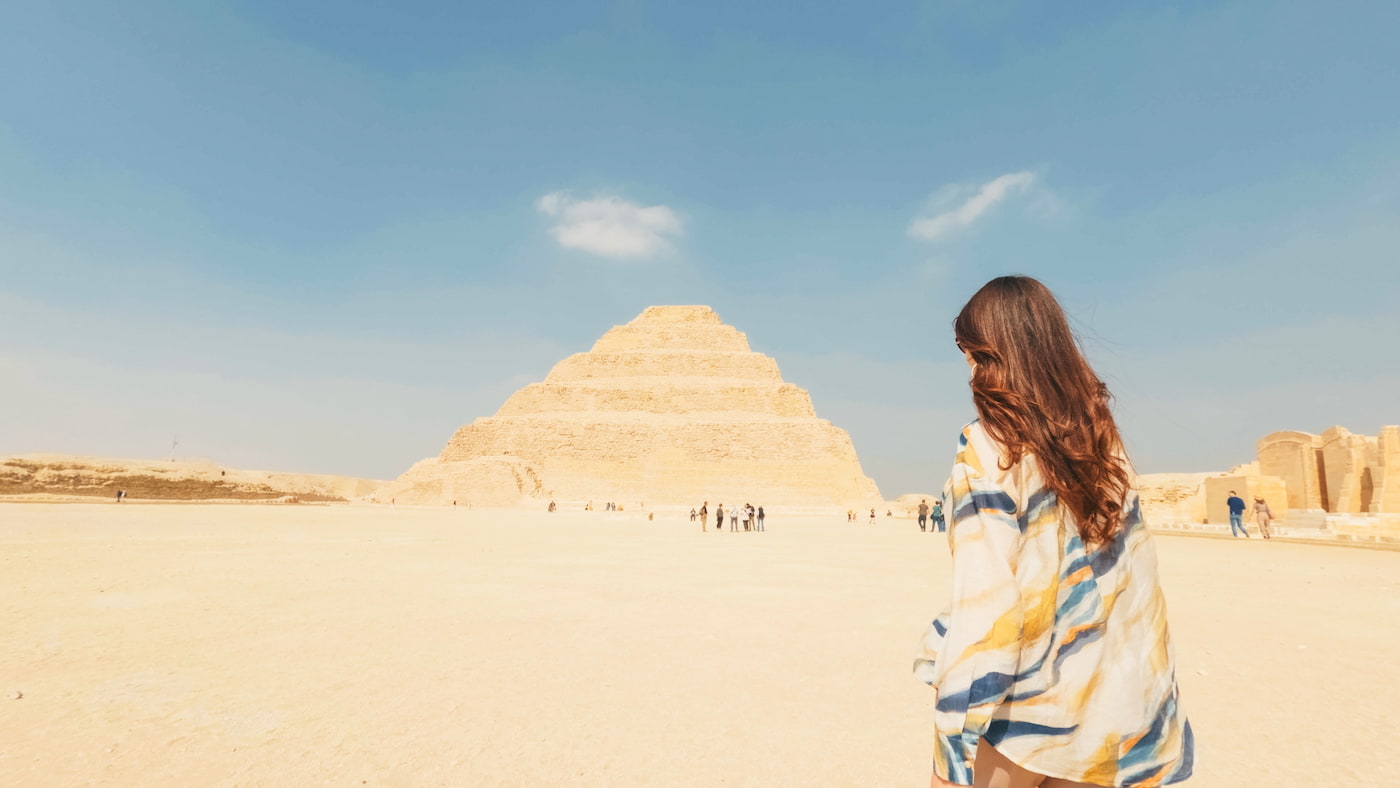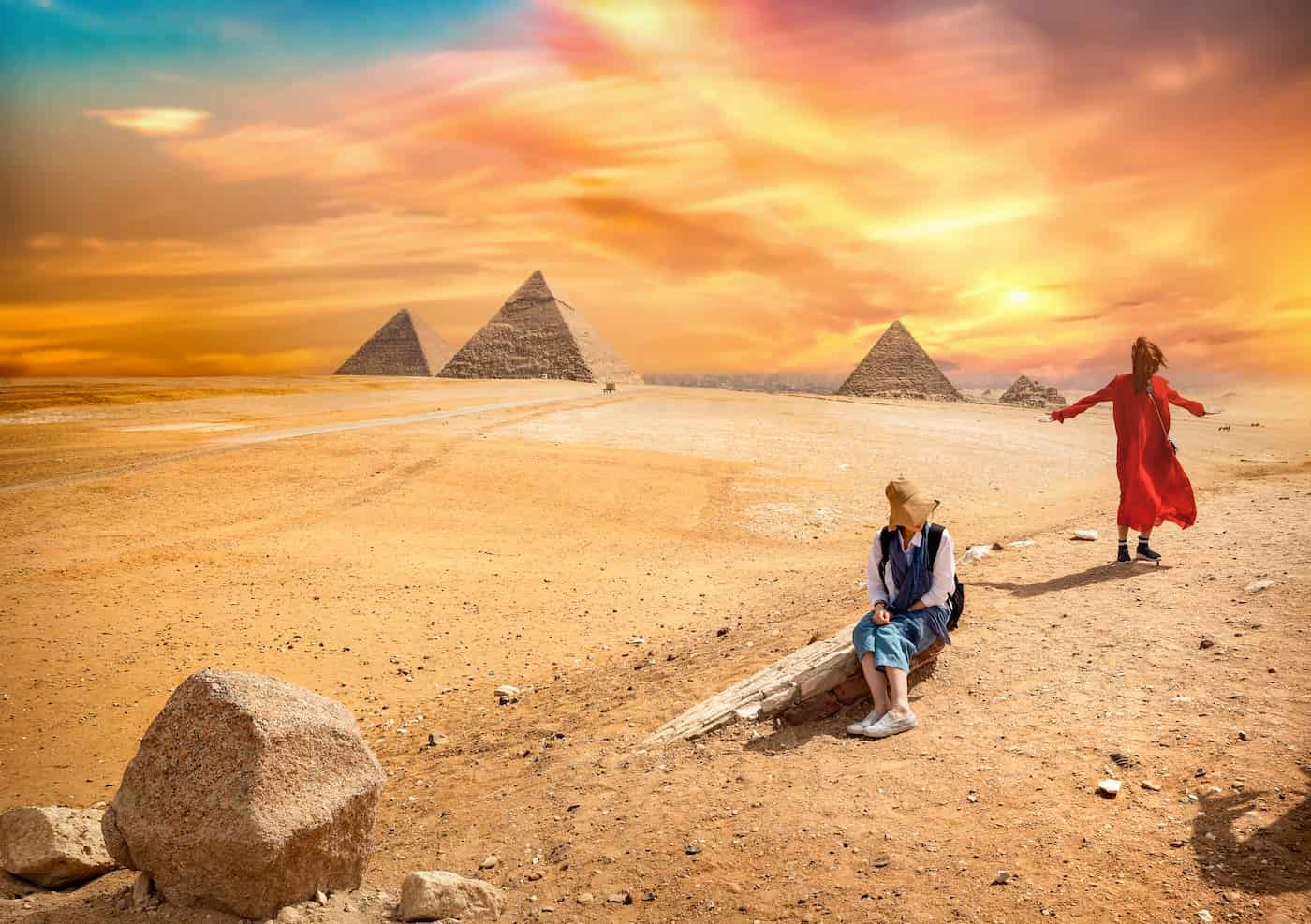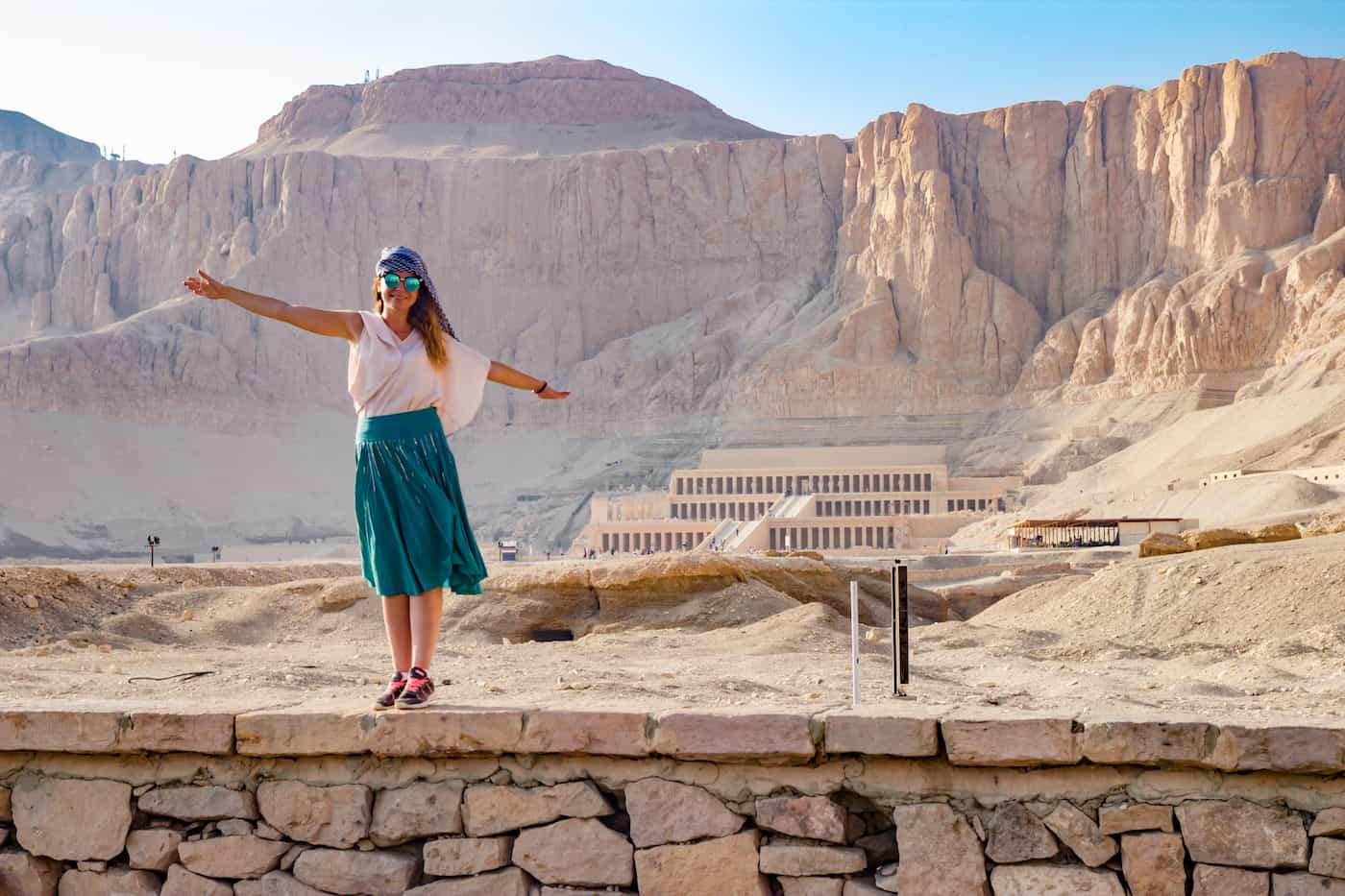About Ancient Calendar
The ancient people knew many calendars to calculate years, months, and days, and they differed from one place to another. There are many calendars like Egyptian, Babylonian, Persian، Chinese Calendars
Facts and Things To Know About Ancient Calendar
Perhaps not many of us know about the ancient Egyptian calendar.it is one of a large number of astronomical calendars as the Gregorian, Roman, Islamic Hijri, Jewish, in addition to the Chinese , Persian and Berber calendars. Although the Gregorian calendar is the most widely known astronomical calendar by the majority of countries in the world, the cultural , social, historical and political dimensions associated with these calendars remain in the minds of people. this is evident in the continued celebration of peoples’ astronomical calendars.
What Is The First Developed Calendar ?
The ancient Egyptians developed the ancient Egyptian calendar that is the first known calendar in the world. the Egyptian calendar is also the most accurate calendar of climate and agricultural conditions during the year. According to this calendar, we are living in the year 6264. The Egyptian calendar was associated with the planting , harvest seasons, and climate fluctuations. Egyptian farmers have depended on it to determine planting seasons and crops for thousands of years.
Beginning of the Egyptian Calendar.

ancient egypt calendar
The Egyptian calendar dates back to 4241 BC, at the same time with the ancient Egyptians’ knowledge of the calendar by observing the time of the Nile River flooding, and their dependence on the astronomical lunar calendar. All this is thanks to the astronomer sage “Thut”, that had the same name of the first month of the year.
The Egyptians were able to calculate the solar year, which was 365 days, 5 hours, 49 minutes, and 45.5 seconds.
They divided the year into three seasons, not the current four: the flood season, the sowing season, and the harvest or spring season.
Each season included four months that at the same time of the rise and fall of the Nile River’s water level.
Calendar Modification
They corrected the calendar during the reign of Ptolemy III in 238 BC by adding a day every four years to the five days of the month of Nasi’ before the new year. Thus, the year in the ancient Egyptian calendar became 365 days. There are also years (leap years).
The New Year Starting
This suggested that the flooding of the Nile occurred on September 11, the first day of the new year.
The whole calendar was in accordance with the Nile’s movements and rhythms of natural life.
How The Egyptian divided The Year ?

Ancient Egyptian Calendar
The Egyptian divided the year into three seasons, each season lasted four months and reflected a different period in the Egyptian life.
Akhet was the first season, in which the flooding of the Nile.
Peret was the second season, dedicated to agriculture.
Shemu was the end of the year, coinciding with the receding Nile, making the land fertile and ready for agricultural.
The new year referred to Osiris,whose death was a symbol to the receding of the floodwaters, while resurrection and rebirth reflected the return of the flood and the regrowth of crops.
The Calendar in Egyptian Life
The calendar didnot just determine dates. It also had an important impact on all fields of ancient Egyptian life.
Agriculture: It helped them determine the dates of flooding, planting, and harvestin, which were very important to their survival and prosperity.
Religion: Many religious holidays and celebrations are in specific dates on the calendar.
Administration: they used the calendar to record historical events, determine the reigns of pharaohs, and organize state affairs.
Astronomy: The development of the calendar was an important step to the ancient Egyptians’ cleverness in astronomy and stargazing.
The Egyptians began firstly with the day, which began at midnight and continued until the following midnight. Then they recognized the lunar month. Because they needed a known period of time to connect the day to the month, they organized the week.
The seven days were named by the Egyptians after the planets: Saturn, Jupiter, Mars (4), the Sun (5), Venus (6), Mercury (7), and the Moon, according to historian Dion Cassius.
>When the Romans adopted this name from them, they gave the days the following names:
(Sunday) Sunday
(Monday) Monday
(Tuesday) Mars
(Wednesday) Mercury
(Thursday) Jupiter
(Friday) Venus
(Saturday) Saturn.
The European nations have preserved these names uptill now.
After they had finished arranging the week and the days of the lunar month as we mentioned, they began to monitor climatic and agricultural changes and floods
They concluded from it that reliance on the moon is not linked to the climatic and agricultural cycle and flood . For this reason they excluded from their results reliance on the moon as a basis for the calendar and discovered the solar year.
Babylonian Calendar
The Babylonian calendar depended on the moon, consists of twelve months (354 days).
It starts with the appearance of the crescent before sunset and adds one month to it if it needs every three years, almost.
The Babylonian calendar was based on the Sumerian calendar from the Third Dynasty of Ur during the reign of King Shulgi. Also during the 6th century BC, the Jews adopted the names of the Babylonians’ months in the Jewish Calendar .
Persian Calendar
It is solar calendar and also known as the Jalali calendar relative to Jalal ad-Din Malik, Sultan of Khorasan.
Omar Khayyam, with the help of seven astronomers, created this calendar.
The Persian Calendar year consists of 365 days in a simple year and 366 days in a leap year, divided on 12 months.
The first six months consist of 31 days, and the next five months consist of 30 days, but the last month is 29 days in the simple year or 30 days in the leap year.
The names of Persian months
- Farvardin = 21 March – 20 April
- Ordibehesht = 21 April – 21 May
- Khordad = 22 May – 21 June
- Tir = 22 June – 22 July
- Mordad = 23 July – 22 August
- Shahrivar = 23 August – 22 Septmper
- Mehr = 23 September – 22 October
- Aban = 23 October – 21 Novamber
- Azar = 22 Novamber – 21 December
- Dey = 22 December – 20 Janurary
- Bahman = 21 Janurary – 19 February
- Esfand = 20 February – 20 March
Chinese calendar
Many of the Chinese dynasties of Ancient China developed The Chinese calendar .
It was in 104 BC during the rule of Emperor Wu of the Han Dynasty that the current calendar was defined. This calendar was called the Taichu calendar and it is the same Chinese calendar that is used today.
Each year in the Chinese calendar is named after an animal, There are 12 animals that the years cycle through.
Every 12 years the cycle repeats itself. The Chinese believed that, depending on which year a person was born, their personality would take on the aspects of that animal.
The Names Of The Animals in the Chines Calendar
- Rat
- Ox
- Tiger
- Rabbit
- Dragon
- Snake
- Horse
- Sheep (Goat)
- Monkey
- Rooster
- Dog
- Pig (Boar)
The Chinese calendar assigns a name to one of twelve animals for each year. Every twelve years, the cycle is repeated.
Conclusion
The ancient Egyptian calendar has long confused and amazed scholars and historians. It was not just a system for tracking time but it was an integral part of the lives, religion, and agriculture of the ancient Egyptians. This calendar was one of the first calendar systems in human history. Moreover it reflects the genius of this ancient civilization in understanding the movement of celestial bodies.

